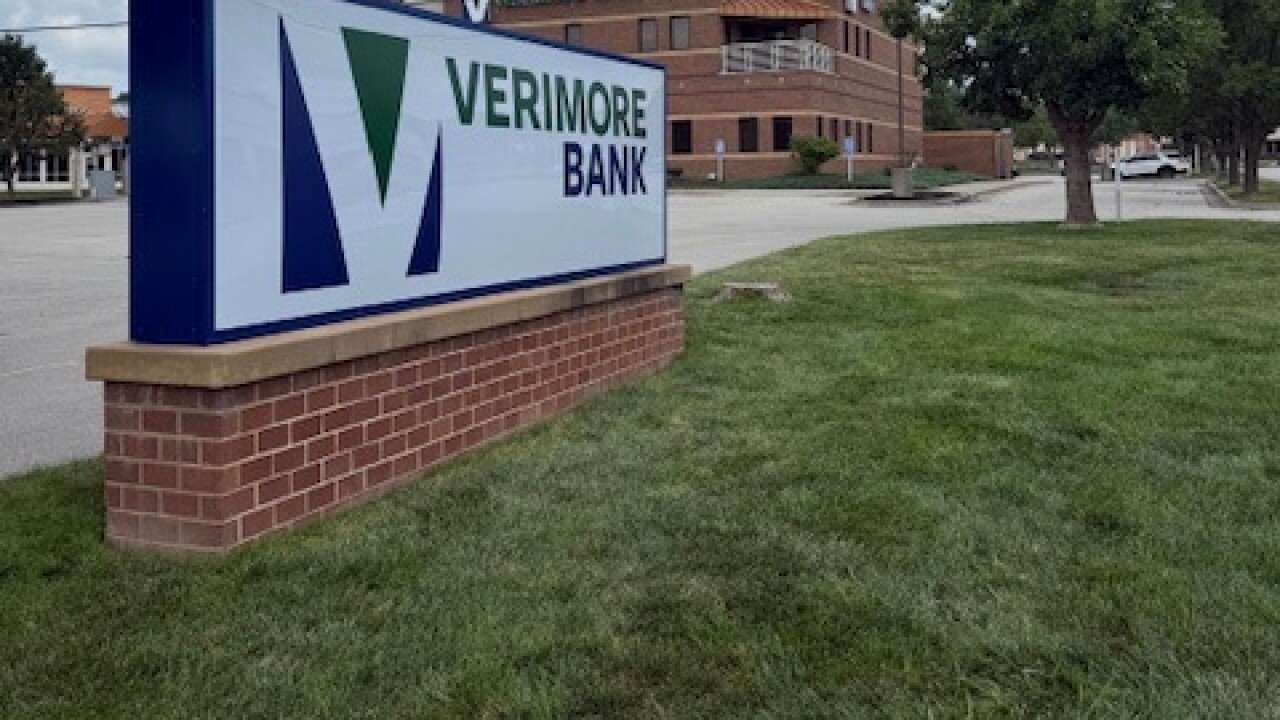A study aimed at encouraging automated teller machine deployers to run full-motion advertisements on store ATMs concludes that these video ads are well received by consumers and help merchants sell extra products.
Conducted by the Atlanta office of the advertising agency Ogilvy & Mather and commissioned by the ATM manufacturer Triton Systems Inc., the study contends that revenue from such ads will offset flat or declining ATM surcharge revenue.  Per-machine usage is dropping nationwide, so ATM manufacturers have been nudging deployers especially banks, whose enthusiasm for the off-premises market has faded to use their machines more creatively. Full-motion ads on the topper screens above transaction screens are one idea and part of a push to make ATMs Web-enabled.
Per-machine usage is dropping nationwide, so ATM manufacturers have been nudging deployers especially banks, whose enthusiasm for the off-premises market has faded to use their machines more creatively. Full-motion ads on the topper screens above transaction screens are one idea and part of a push to make ATMs Web-enabled.
The study was conducted last August (publication of the results was delayed because of Sept. 11 and other factors). Ogilvy & Mather interviewed 788 people in eight cities as they were leaving 19 designated stores 17 convenience stores and two fast-food restaurants. Among people who used the ATMs, 46% said they remembered seeing the test ads, and among those who hadnt used them, 30% saw and remembered the ads.
Unaided recall remembering a specific ad without prompting averaged about 9% per ad and was 21% for one ad.
The average recall rates that advertisers are happy with is 5%; thats considered being successful, said Anita Nobles Arguelles, the marketing director for Triton, a Long Beach, Miss., subsidiary of Chicago-based Dover Corp.
Fifty-two percent of the survey group said that their opinion about such ads was positive, the study says.
Ms. Arguelles said the study did not include couponing at the ATMs. Obviously youre going to have an uptake in sales with coupons. We limited the study to what we wanted to validate ad recall.
There were eight ads: for the U.S. Marine Corps, Kleenex tissue, Klondike ice cream bars, the Fox Family Channel, Reeses (the candy), Lipton Brisk iced tea, Cottonelle, and the National Peanut Board.
The study showed that sales rose for a number of the products advertised. For example, Klondike saw uptake in sales, as did Lipton Brisk, Ms. Arguelles said. But Cottonelle did not, because you generally dont go into convenience stores to purchase toilet paper.
Gary Walston, the vice president of sales and marketing at Momentum Cash, an independent sales organization based in Houston, said the studys conclusion that ATMs could be used strictly for brand-building was a little bit of a surprise to me, a good surprise. In the past, a lot of groups have focused on the promotional side, having an immediate impact on sales.
But if the industry is to attract big advertisers, it may have to change a few things.
For instance, most machines do not have advertising-dedicated toppers. Advertising on ATMs traditionally occurs on the transaction screens and tends to be hurried, because ATM owners do not want to cost customers much time.
Who will pay for these additional topper display screens remains an open question, said Mr. Walston, who is also the chairman of the marketing committee for the ATM Advertising Council in Dallas. He said another turnoff to big advertisers is the lack of ATM density.
The study did not involve bank-owned teller machines.
Banks are basically going to stick their toe into ATM advertising by first promoting their own services and products, Mr. Walston said. I believe that will change as the ATM becomes more accepted as an advertising medium and the banks will look at ATM advertising as more of a revenue generator.
Michele Mullee, KeyCorps senior vice president for ATM services, said the Cleveland company was definitely interested in off-premise ads using this medium. It believes that ads on its ATMs at Arco gas stations not only strengthen its ties with Arco, but also bring in more revenue.
At bank-site ATMs, however, advertising KeyCorps own products and services makes the most sense because that can further your relationships with your own clients, Ms. Mullee said. Then you would be really maximizing your channel in a bank environment.
Citigroup Inc. spokesman Mark Rodgers said that much of the little ATM-delivered advertising that Citi has done has been advisory. The ads are informative to our customers, he said.
We dont see any substantial opportunities for revenues by carrying advertisements by others on the ATM screens, Mr. Rodgers said. We may consider going forward with advertising of our own products, but it wouldnt be on the screens. It would be in the ATM areas.





